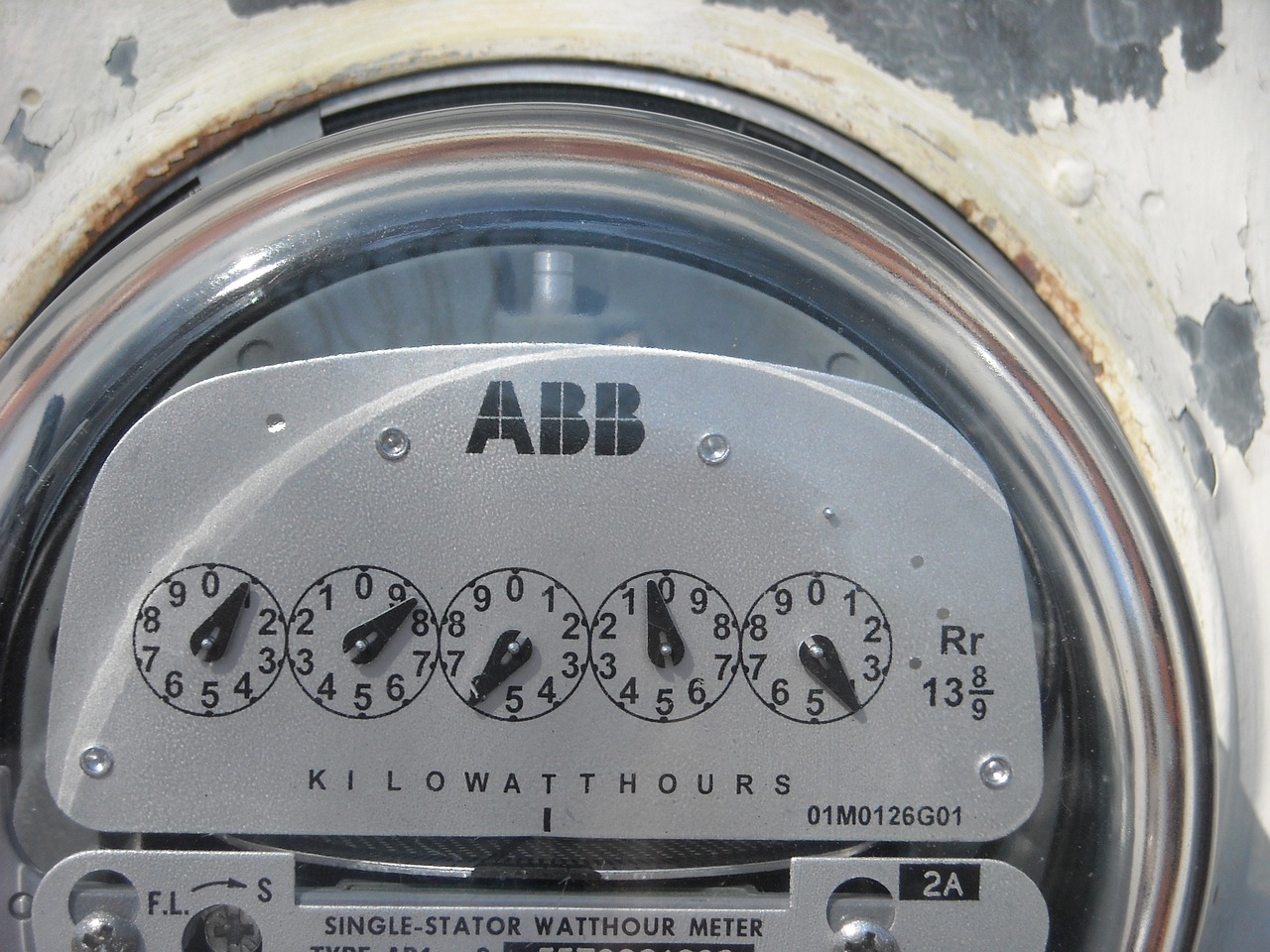Microcontrollers and PLCs: A Comparative Analysis
This paper presents a comparative analysis of microcontrollers and PLCs, two important types of industrial computing devices. Microcontrollers, which are typically built into smaller devices, are characterized by their low power consumption, simplicity of programming, and integration with other components. On the other hand, PLCs (Programmable Logic Controllers) are designed to perform complex tasks in large industrial systems, offering high performance, scalability, and reliability. This paper compares the two types of devices in terms of their architecture, programming language, and application areas. It also discusses the advantages and disadvantages of each type, providing a comprehensive understanding of their capabilities and limitations. The study concludes that microcontrollers and PLCs have their own unique strengths and weaknesses, and are better suited to different types of applications.
In the world of industrial automation, microcontrollers and PLCs (Programmable Logic Controllers) are two important types of devices that play a crucial role in controlling and managing complex systems. While both devices have their own unique features and capabilities, they also share some common ground. In this article, we will explore the similarities and differences between microcontrollers and PLCs to help you better understand their respective strengths and weaknesses.
What are Microcontrollers?
Microcontrollers, also known as MCUs (MicroController Units), are small computers that are typically used to control physical devices or processes. They are equipped with a processor, memory, and input/output (I/O) ports, which enable them to interact with the environment and perform various tasks. Microcontrollers are often used in embedded systems, where they are designed to perform a specific function or set of functions within a larger system.
What are PLCs?

PLCs, on the other hand, are purpose-built devices designed to automate industrial processes. They are typically used in manufacturing, processing, and other industrial applications to control machines, processes, and systems. PLCs are equipped with a variety of I/O ports, digital and analog inputs/outputs, as well as communication interfaces that enable them to connect to other devices and systems.
Similarities between Microcontrollers and PLCs
1、Both microcontrollers and PLCs are designed to control physical devices or processes. They both have a processor, memory, and I/O ports that enable them to interact with the environment.
2、Both devices have their own unique set of instructions or programming language that allows users to program them to perform specific tasks. For example, microcontrollers can be programmed using C or Assembly language, while PLCs are typically programmed using ladder logic or structured text.
3、Both microcontrollers and PLCs can be used in embedded systems or as part of a larger industrial automation system. They can be connected to sensors, actuators, and other devices to create complex systems that can be controlled remotely or automatically.
Differences between Microcontrollers and PLCs

1、One of the main differences between microcontrollers and PLCs is their size and complexity. Microcontrollers are small, typically ranging from a few millimeters to a few centimeters in size. They are designed to perform a specific function or set of functions within a larger system. On the other hand, PLCs are larger and more complex devices that can have multiple processors, memory modules, and I/O ports. They are designed to handle complex industrial processes and can connect to multiple devices simultaneously.
2、Another difference is their programming language. As mentioned earlier, microcontrollers are typically programmed using C or Assembly language, while PLCs are programmed using ladder logic or structured text. The programming language for PLCs is designed to make it easier for engineers to create complex control algorithms quickly and efficiently.
3、Finally, microcontrollers and PLCs have different applications. Microcontrollers are often used in consumer electronics, automotive, healthcare, and other embedded systems applications. On the other hand, PLCs are primarily used in industrial automation applications such as manufacturing, processing, packaging, etc.
In conclusion, microcontrollers and PLCs have their own unique features and capabilities that make them suitable for different applications. While both devices can be used in industrial automation systems, their programming language, size, and complexity differ significantly. Understanding these differences can help you better choose the right device for your specific application or project requirements.
Articles related to the knowledge points of this article:
CNC Controller Modification for PLC
PLC Proportional Valve Controller: Key Component for Industrial Automation
Multi-position Controller PLC Programming